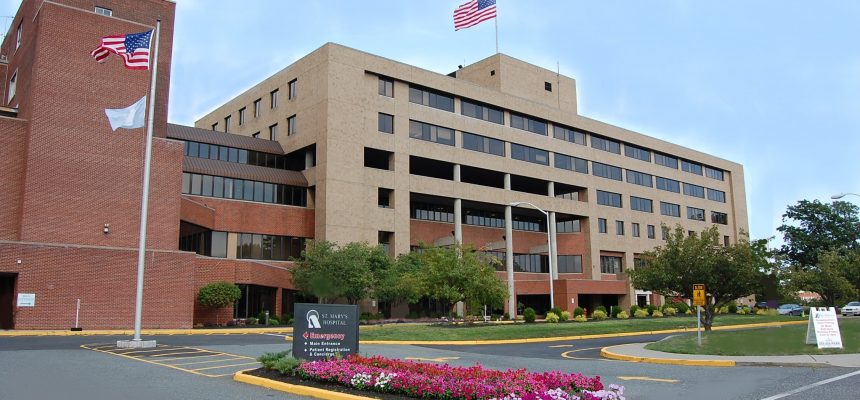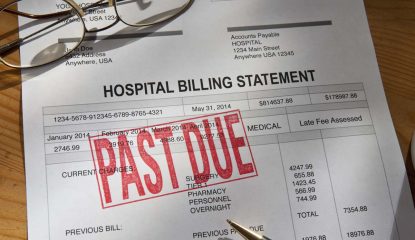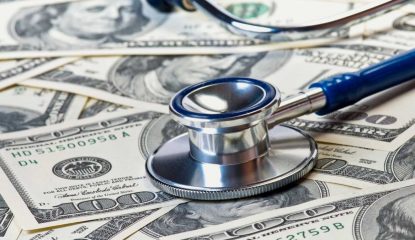Nonprofit Hospitals Amass Billions in Tax Benefits
By Consumers for Quality Care, on October 16, 2024

A new study conducted by JAMA and reported by Fierce Healthcare is shedding light on the disparities between how much nonprofit hospitals spend on charity care and what they receive in tax breaks.
Nonprofit hospitals are required to provide charity care to keep their tax-exempt status, but numerous studies have found that many nonprofits spend less on charity care than they receive in tax breaks. Although federal regulators have expressed interest in addressing these disparities, some of the proposed reforms are “unlikely to be effective,” according to Ge Bai, a Professor of Accounting and Health Policy at Johns Hopkins, since hospitals receive most of their tax breaks from local and state governments.
The study found that nearly 3,000 nonprofit hospitals received an $37.4 billion in tax breaks in 2021.
Large nonprofit hospital systems, or those with the highest net incomes, were found more likely to benefit from tax exemptions compared to smaller hospitals. Just a couple of hundred of the largest hospitals, or 7 percent, reaped about half of the $37.4 billion in federal, state, and local tax benefits. One percent of hospitals received 19 percent of the total tax breaks.
On average, hospitals received 55 percent of their tax breaks from local and state governments, but these figures vary between states. The national average of these tax benefits per bed was calculated to be $78,570. In Delaware, tax benefits amounted to a third of this number, but in Massachusetts, this figure was double the national average. The researchers noted that state governments would benefit linking these tax benefits to the amount of community benefits, like charity care, that a nonprofit hospital provides.
While nonprofit hospitals benefit from these massive tax breaks, they have contributed to the country’s growing medical debt crisis, engaging in predatory debt-collection practices, suing consumers over unpaid medical bills, and neglecting to establish financial-assistance policies for consumers in need. As consumers suffer, these hospitals continue to pad their bottom lines, and their executives are paid handsomely.
Bai hopes that increased transparency will lead to action benefitting consumers. “As an immediate next step, state and local governments should require nonprofit hospitals to disclose the value of their property tax and sales tax benefits. Hospitals can estimate this information with little additional burden, providing local taxpayers with insight into the tax subsidies they offer to these hospitals.”
CQC urges all hospitals, especially nonprofit hospitals, to keep up their end of the bargain to better serve their communities and deliver care for patients when they need it most.




